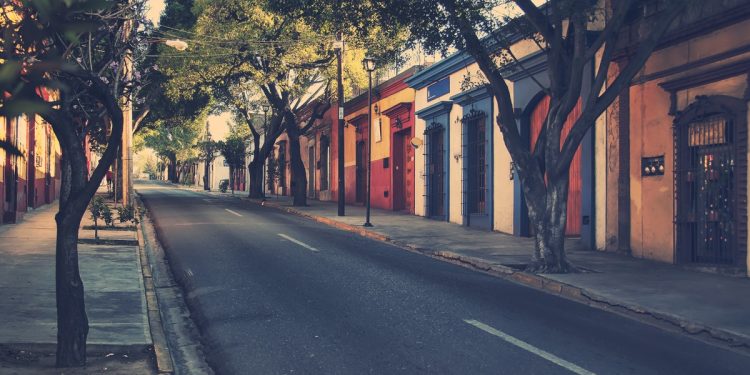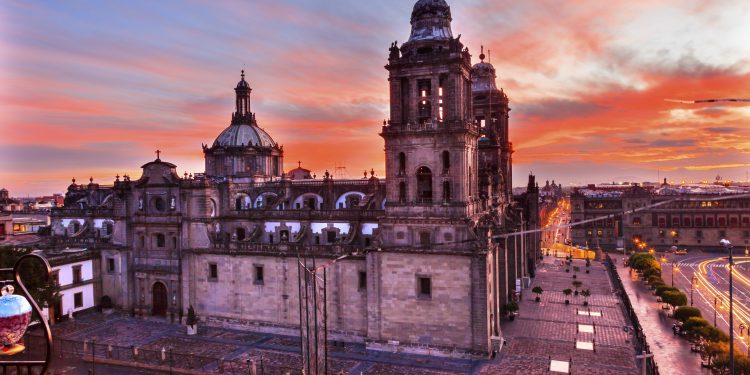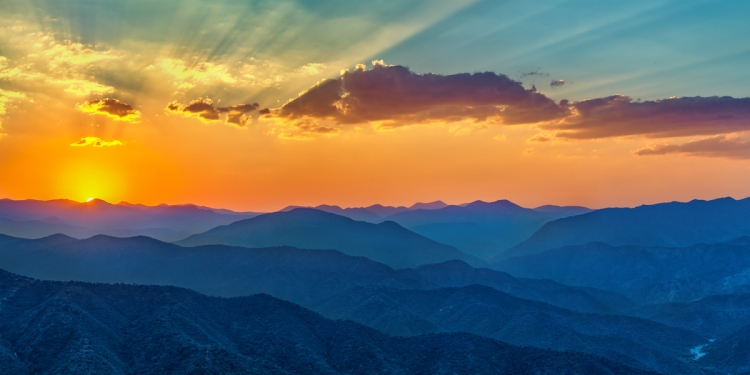When Mexico set its clocks back one hour on October 30th, 2022, it was for good. Daylight Savings Time, known here as “horario de verano,” or summertime, is a thing of the recent past.
Members of the Chamber of Deputies voted overwhelmingly in favor of eliminating the practice —only eight voted against— so one can infer that the decision is expected to be widely popular. On October 25th, 2022, the Mexican Senate approved a change in the law eliminates the practice of “springing forward” and “falling back,” and the time will return to what it was before daylight savings was introduced in 1996.
Clock-changes were never that popular in Mexico
People living in Mexico will know that the time change, with clocks going forward an hour in the spring and back an hour in the fall, has never been popular here.
Many doubted the assertion that it reduced overall demand for electricity and were certain that it did nothing to lower their electricity bills. In any event, Mexico’s geography endows the country with good daylight all year round, regardless of any clock changes.
A survey conducted by the Interior Ministry reported that 71% of people oppose daylight savings time and 29% support it.
In proposing its elimination this year, government officials cited studies that found the energy savings to be negligible —less than 1% of demand— and that people took at least two weeks to adjust to the change, affecting the amount of sleep they got. Some studies, they said, even suggested other health problems could be associated with the changes.
However accurate these studies may be —previous studies cited in favor of daylight savings by past governments had suggested no related health problems and significant energy savings— few people are likely to be crying out for a clock change in the spring.
Border cities will stay in synch with the US
There are some exceptions to the new rule. The state of Sonora, which borders Arizona, was already exempt from daylight savings, as was Quintana Roo, home to such popular tourist resorts as Cancún and Playa del Carmen.
This time, Baja California state, and border municipalities in the states of Chihuahua, Coahuila, Nuevo Leon, and Tamaulipas will be able to continue applying daylight savings to keep their border cities in sync with the US side.
Stock markets, traders, and school children
People who work in financial markets may not be so happy. Since the US extended daylight savings to eight months of the year, around 2007, the two exchanges of the Mexican stock market moved their opening and closing times for those additional four weeks to operate at the same time as US markets. That means a 7:30 a.m. start and 2 p.m. close for the first week of November and the last three weeks of March.
Without Daylight Savings Time in Mexico, those opening times could be extended to eight months of the year, and that may even stretch to 12 months if the bill passed by the US Senate to keep Daylight Savings Time all year round in the US beginning in November 2023 is ever passed by the lower house and signed into law.
On the other hand, parents will no longer have to take their children to school in the dark during April and October—the tail ends of the daylight savings period.
Readjusting to no clock-time change
Past arguments about how eliminating Daylight Savings Time could mess up commerce, tourism, airline schedules, etc. have become somewhat irrelevant.
With the advent of the smartphone, younger generations these days, and many of the older generations, hardly use clocks and watches. They get the time and the date from their smart phones and apps—the same ones that tell them how far they walked in the last week, what their oxygen levels are, and when it’s time to have a salad.
Those of us who still manually adjust the date on our watches at the end of February or any other month with only 30 days, will still have to do that. We may not, however, need to wander around the house at 2 a.m. or preferably sometime within the next few days, hunting down forgotten analog clocks that need moving back or forward an hour.
Ultimately, the Mexican expression, a todo se acostumbra uno menos a no comer —you can get used to anything except not eating— will likely apply.







Will my phone know what to do in Baja California?